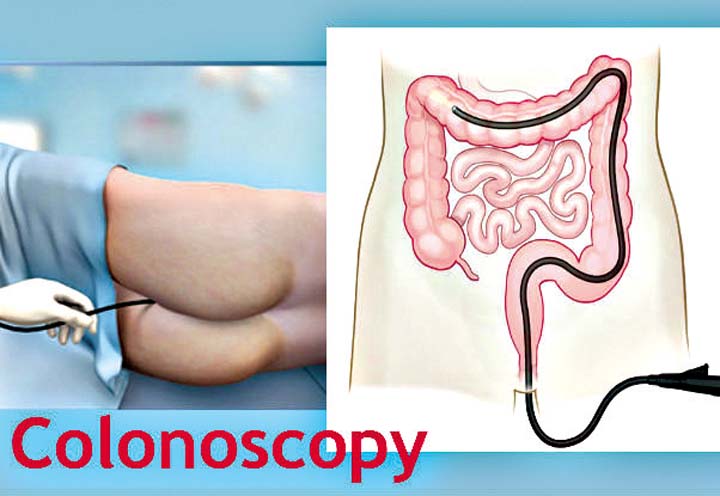What you need to know about the Colonoscopy Procedure
Contents
- 1 What you need to know about the Colonoscopy Procedure
- 2 What Does the Procedure Involve?
- 3 How Long Should You Stay at the Destination?
- 4 How Long is the Recovery Time?
- 5 What Aftercare Should You Consider?
- 6 What is the Success Rate for a Colonoscopy Procedure?
- 7 Are there Alternatives to a Colonoscopy Procedure?
- 8 What Should You Expect Before and After the Procedure?
Colonoscopy is an exam performed to detect abnormalities and changes in the inside of your bowel, specifically in the rectum and the large intestine (colon). This test can help find the cause of your bowel symptoms, screen colon cancer, as well as look for more polyps if you have had them before.
What Does the Procedure Involve?
Your doctor may give you sedation to minimize any discomfort and in some rare cases, your doctor may recommend general anesthetic. During the surgery, a long and flexible tube with a tiny camera on its tip, known as a colonoscope, is inserted into your rectum. The colonoscope will transmit images of the lining of your colon so your doctor can examine it for any changes or abnormalities.

How Long Should You Stay at the Destination?
You will be allowed to leave the hospital on the same day of the procedure, but you will need to stay in the local area for about 3 to 4 days after the procedure. During your stay, you will attend hospital check-ups for review and for the result.
How Long is the Recovery Time?
It is advisable for you to rest for the day after your colonoscopy and you can go back to work the next day. You may pass gas, feel bloated, or cramps for several hours but that is completely normal. On your first bowel movement after the colonoscopy, you may notice a small amount of blood, but it is not a cause for alarm.
What Aftercare Should You Consider?
After the procedure, walking will help with any discomfort you may have. You can also resume your normal diet and exercise after a few days. However, you will need to avoid certain medications temporarily, such as blood-thinning medications.
What is the Success Rate for a Colonoscopy Procedure?
Colonoscopy has over a 90% success rate. The side effects and risks associated with colonoscopy include puncture of the colon, bleeding, severe abdominal pain, chills, fever, and excessive rectal bleeding. However, these risks and side effects are very rare.
Are there Alternatives to a Colonoscopy Procedure?
Some people want to avoid colonoscopy due to personal reasons, such as feeling nervous or they do not wish to be sedated. In this case, you can undergo one of the alternatives, including Fecal Immunochemical Test (FIT), fecal occult blood tests, stool DNA, double-contrast barium enema, sigmoidoscopy, and CT colonoscopy.
What Should You Expect Before and After the Procedure?
After the procedure, your doctor will look for any abnormalities inside your colon and then they can determine the best treatment for your condition. If you do have a polyp or other abnormal tissue, your doctor can also remove them.
For an in-depth analysis of a Colonoscopy procedure, watch this short video.
To check prices or to book a Colonoscopy Procedure in Thailand or anywhere else in the world, head on over to MyMediTravel now!

